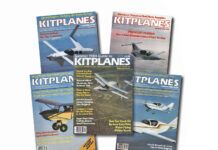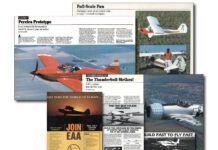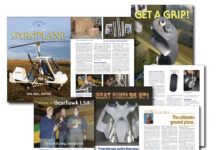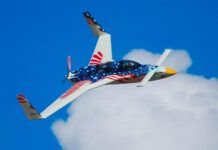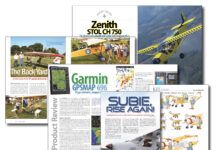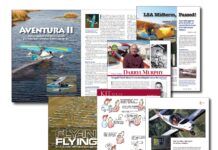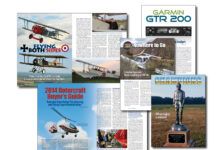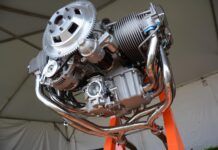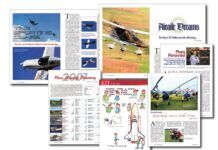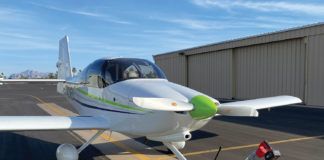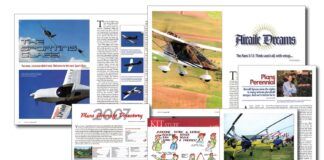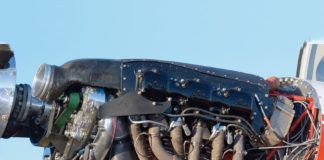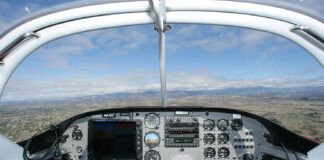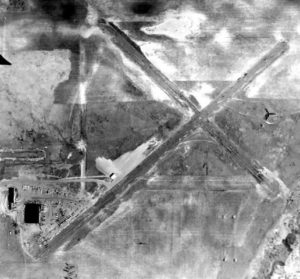
This morning, a link to a wonderful website that I have visited in the past landed in my inbox, and I couldn’t help but spend some time waxing a bit nostalgic. To be honest, that was three hours ago, and I just now came back to the real world – good web sites can do that to you. The website (built and maintained by Paul Freeman as a memorial to his father) “Abandoned & Little-Known Airfields” is a wonderful place to go if you have been flying for a while – or are trying to flesh out those early childhood memories of airplanes flying off a field that you remember just outside of town. You know the place – there’s a Walmart there now, and no one will believe you when you tell stories of Cubs, Champs and the day a Mustang landed.
I wound my way through the years to a point in back time, the first half of the 1970s. Not yet old enough for a driver’s license, I’d ride my bike out to Anoka County Airport, north of the outer ring of suburban St. Paul, Minnesota. A ten-mile ride took me to the field where I was helping to rebuild some old J-3 Cubs, and where I’d get to learn to fly when I became old enough. But along the way, I’d ride by a place where they flew radio controlled airplanes, and often I’d stop – remembering that the money I was now saving for flying lessons had originally been tagged for an R/C plane so I could graduate from spinning around in circles with control-line models. I had heard rumors that the R/C field was an old airport, and you know what? Those rumors were true.
Navigating the website, I found that, sure enough – the University of Minnesota had an airport on that site dating back to the start of World War II. Home to a fleet of Cubs and other airplanes, students could learn to fly out there on the far outskirts of town, and I bet that many of the generation of pilots who mentored me came from that kind of place. Sadly, like many early airports, it became outmoded, but fortunately, the “big airport” grew up very close by, so General Aviation was not driven out of the area – for the “big airport” became the home of everything from Champs to warbirds and now corporate jets – but not the airlines.
Everyone knows of similar stories – of tiny airports that got swallowed up by neighborhoods, or simply overwhelmed by civilization. My fondest early memories of building and flying airplanes are tied up with places to be found on the web site – and many of yours may be as well. Go have a look – but don’t blame me if you lose a few hours of your busy day.

